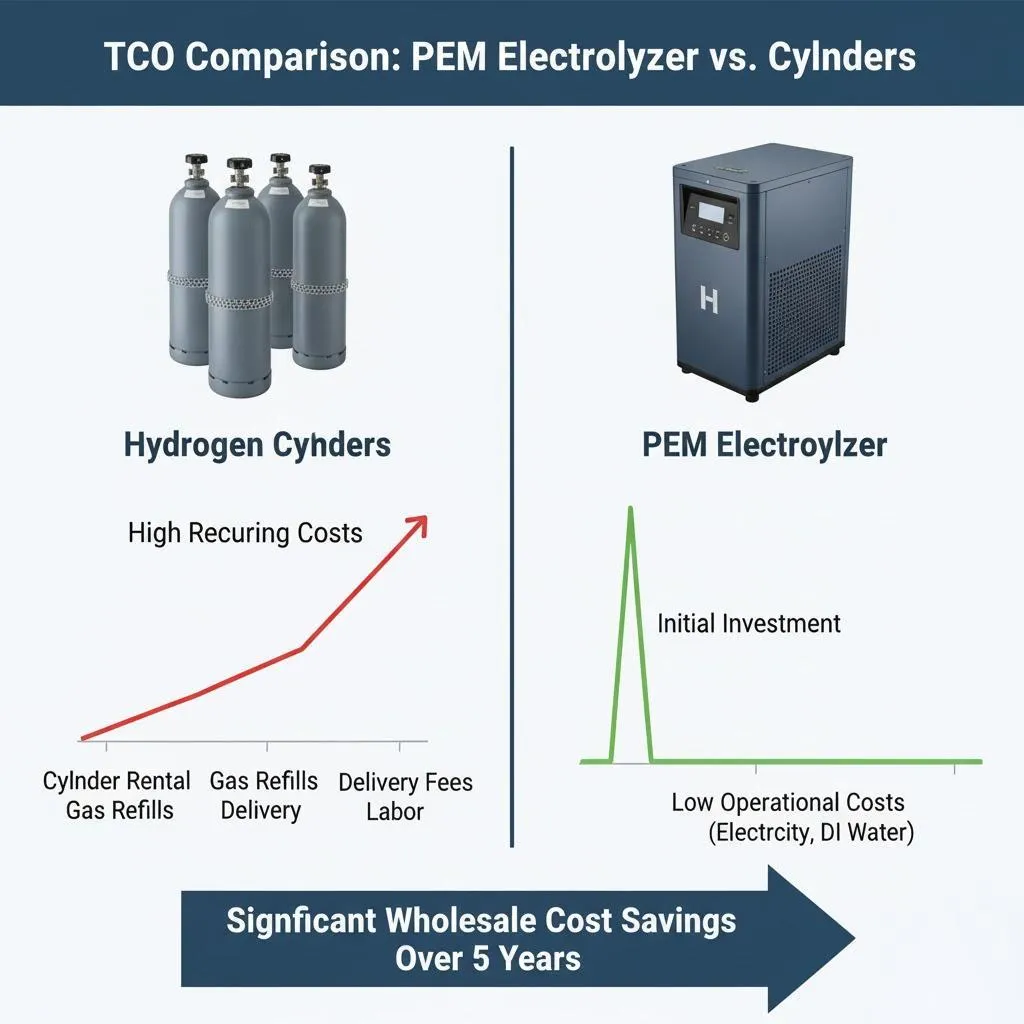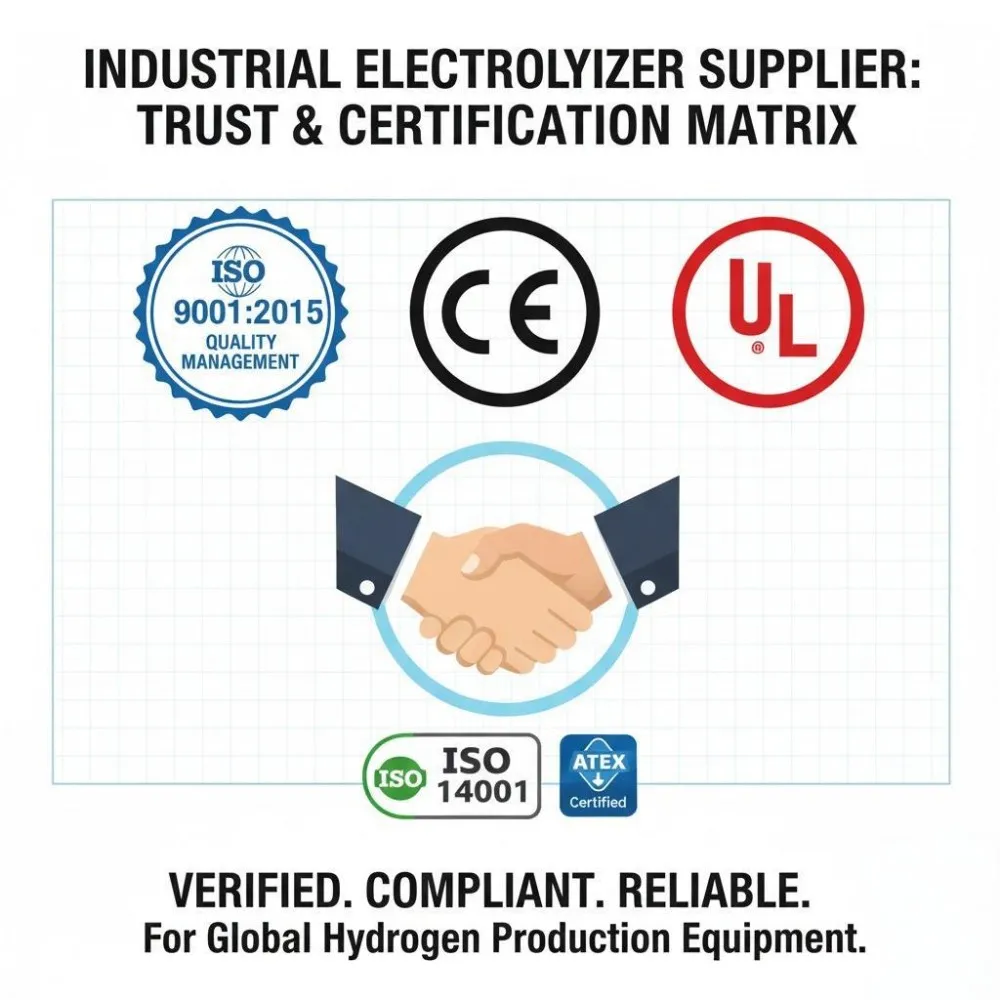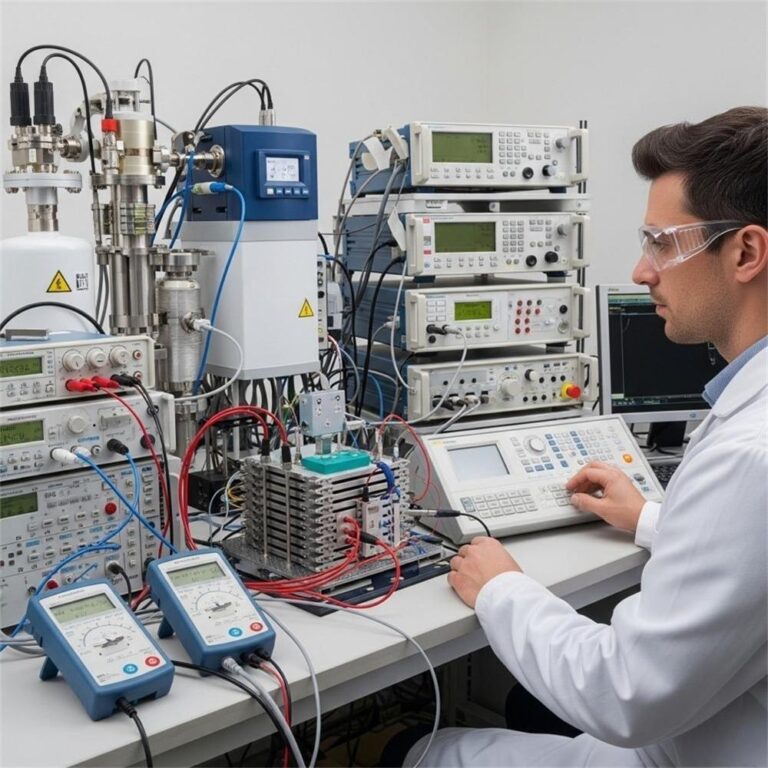The hydrogen economy is booming, and smart entrepreneurs are positioning themselves to capitalize on this green energy revolution. But how do you actually break into the hydrogen generator market? Whether you’re a seasoned business owner or a newcomer to the energy sector, entering this dynamic market requires strategic planning, technical expertise, and a deep understanding of industry trends.
Let’s dive into everything you need to know about making your mark in the hydrogen generator industry.
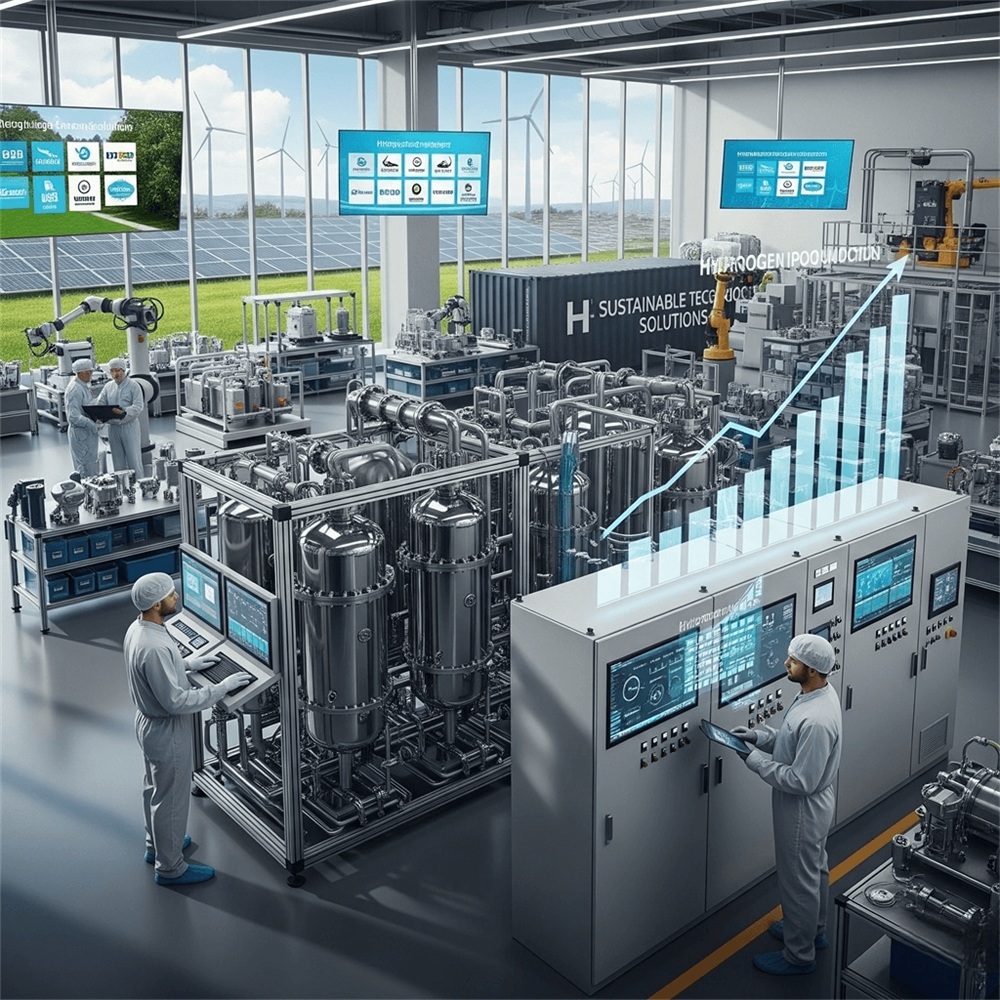
Understanding the Hydrogen Generator Market Landscape
The hydrogen generator market isn’t just growing—it’s exploding. We’re talking about a sector that’s projected to reach unprecedented heights as governments worldwide push for carbon neutrality and businesses seek cleaner energy alternatives.
Current Market Size and Growth Projections
The global hydrogen generator market has been experiencing remarkable growth, with industry analysts projecting compound annual growth rates exceeding 5% through the next decade. This expansion is driven by increasing demand across multiple sectors, from industrial manufacturing to residential energy storage.
What makes this market particularly attractive is its diversity. Unlike other energy sectors that might be dominated by a few large players, the hydrogen generator space still offers room for innovative newcomers. Small-scale generators for residential use, medium-capacity units for commercial applications, and large industrial systems all represent distinct market opportunities.
The automotive industry’s shift toward fuel cell vehicles has created additional demand streams. As major automakers invest billions in hydrogen infrastructure, the ripple effect creates opportunities for generator manufacturers at every level.
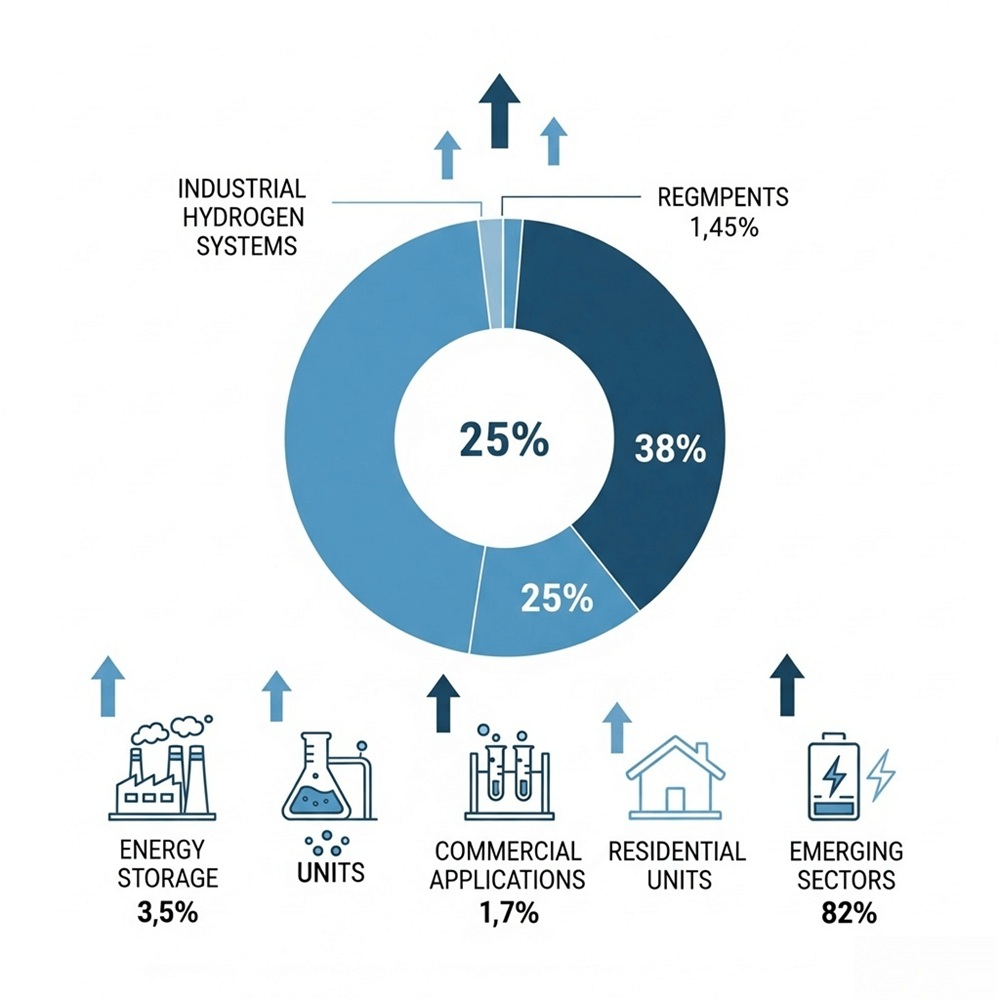
Key Market Drivers and Opportunities
Several powerful forces are propelling the hydrogen generator market forward. Government policies promoting clean energy adoption have created favorable regulatory environments in many regions. Tax incentives, grants, and mandates for renewable energy usage all contribute to market demand.
Industrial decarbonization efforts represent another massive opportunity. Manufacturing companies are under increasing pressure to reduce their carbon footprints, making hydrogen generators an attractive alternative to traditional energy sources. Industries like steel production, chemical manufacturing, and refining are actively seeking hydrogen solutions.
The growing interest in energy independence has also boosted residential and commercial demand. Businesses and homeowners want reliable, clean energy sources that reduce their dependence on traditional grid power.
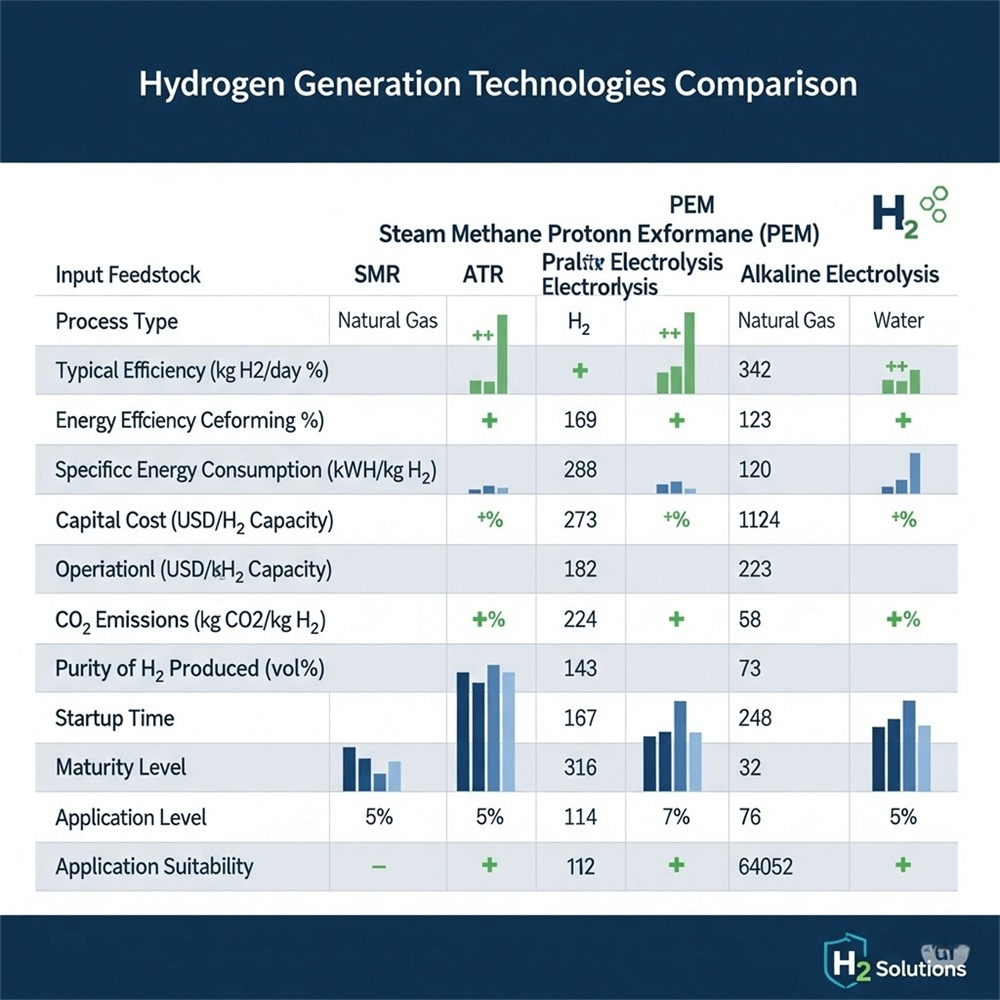
Types of Hydrogen Generators and Their Applications
Understanding the different types of hydrogen generators is crucial for identifying your market entry point. Each technology has distinct advantages, applications, and target markets.
Electrolytic Hydrogen Generators
Electrolytic generators use electricity to split water into hydrogen and oxygen. These systems are particularly attractive because they can utilize renewable electricity sources, creating truly clean hydrogen. The technology is well-established, reliable, and suitable for various scales of operation.
For market entrants, electrolytic generators offer several advantages. The technology is relatively straightforward to understand and implement. Manufacturing requirements are manageable for smaller companies, and the scalability makes it possible to serve diverse customer segments.
The main applications include backup power systems, laboratory hydrogen supply, industrial processes requiring high-purity hydrogen, and energy storage systems that convert excess renewable electricity into hydrogen for later use.
Steam Methane Reforming Systems
Steam methane reforming represents the traditional method of hydrogen production, using natural gas as feedstock. While not as environmentally friendly as electrolytic methods, these systems are highly efficient and cost-effective for large-scale applications.
Companies entering this segment need to consider the ongoing availability and cost of natural gas, as well as evolving environmental regulations. However, the established infrastructure and proven economics make this an attractive option for serving industrial customers.
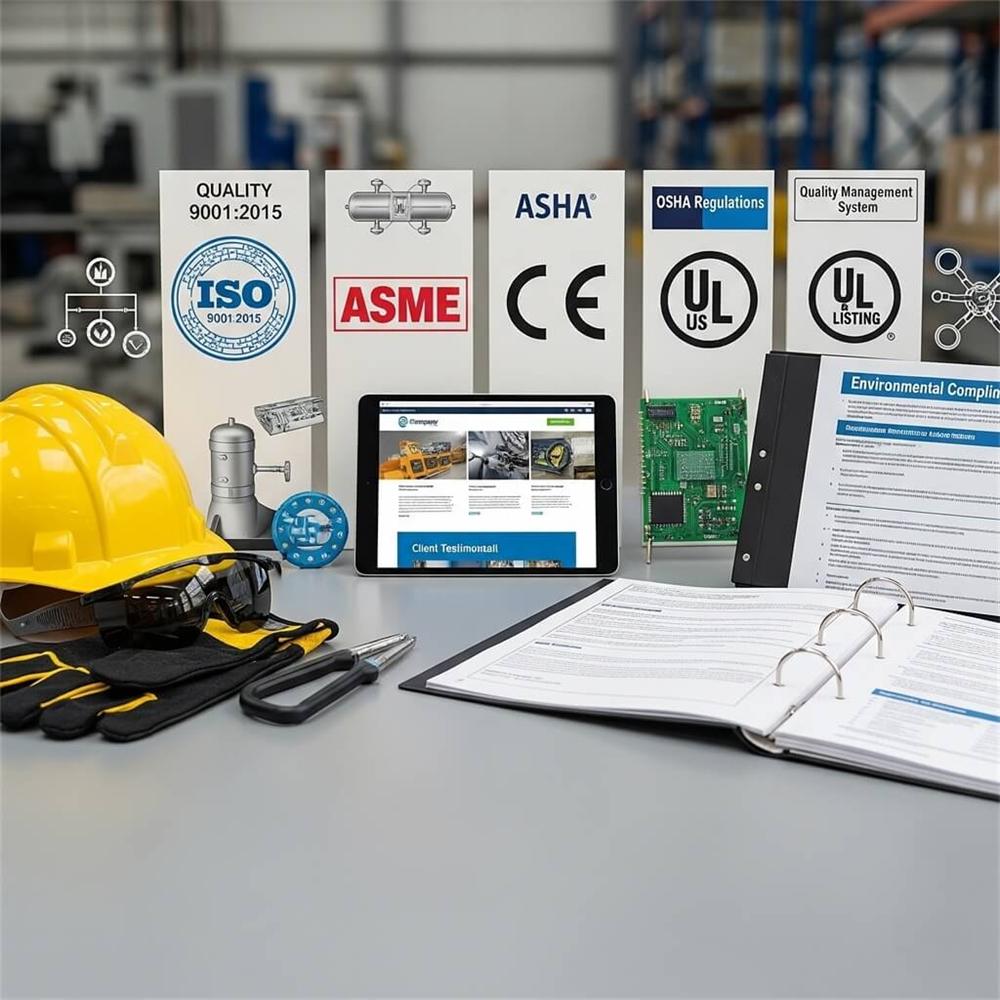
Industrial vs. Residential Applications
The choice between targeting industrial or residential markets significantly impacts your business strategy. Industrial applications typically involve larger systems, longer sales cycles, and more complex technical requirements. However, they also offer higher revenue per unit and potentially more stable, long-term customer relationships.
Residential markets present different opportunities and challenges. Units are smaller and less expensive, but the potential customer base is much larger. Marketing approaches, distribution channels, and service requirements differ significantly between these segments.
Market Entry Strategies for New Players
Successfully entering the hydrogen generator market requires careful strategic planning. You can’t simply build a product and hope customers will find you—you need a clear roadmap for market penetration.
Identifying Your Target Niche
The hydrogen generator market is broad enough to support specialists in various niches. Rather than trying to compete across all segments immediately, successful market entrants typically focus on specific applications or customer types.
Consider specializing in portable generators for emergency services, compact units for research laboratories, or robust systems for manufacturing facilities. Each niche has distinct requirements, purchasing processes, and competitive dynamics.
Your technical background, available resources, and market access should influence your niche selection. A company with strong relationships in the medical device industry might focus on hydrogen generators for pharmaceutical manufacturing, while entrepreneurs with renewable energy experience might target residential solar-hydrogen systems.
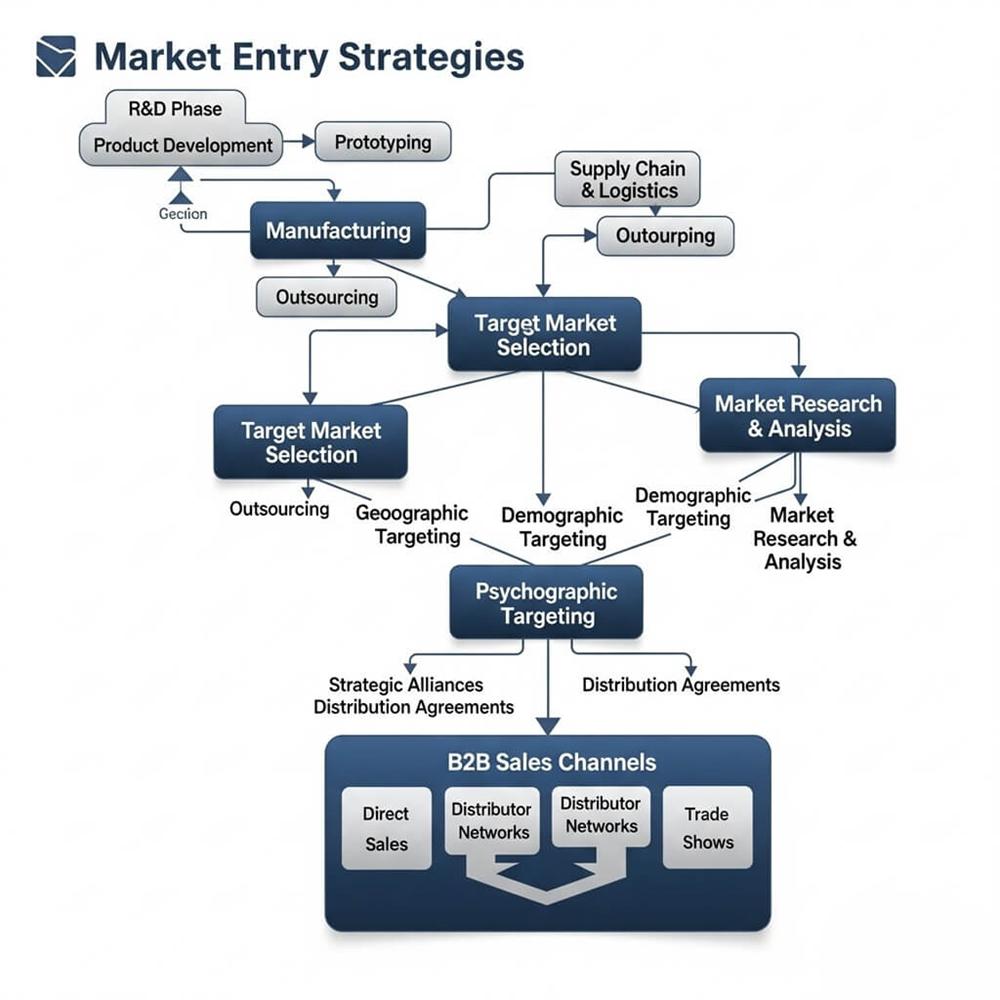
Competitive Analysis and Positioning
Understanding your competition is essential, but don’t limit your analysis to obvious competitors. Companies providing alternative solutions to the same customer problems are also competitive threats.
Direct Competition Assessment
Direct competitors manufacture similar hydrogen generation equipment targeting the same customer segments. Analyze their product specifications, pricing strategies, distribution channels, and marketing messages. Look for gaps in their offerings or underserved customer needs.
Pay attention to customer reviews and feedback about existing products. Common complaints often reveal opportunities for differentiation. If customers consistently mention reliability issues, maintenance costs, or user interface problems, these become potential competitive advantages for new entrants.
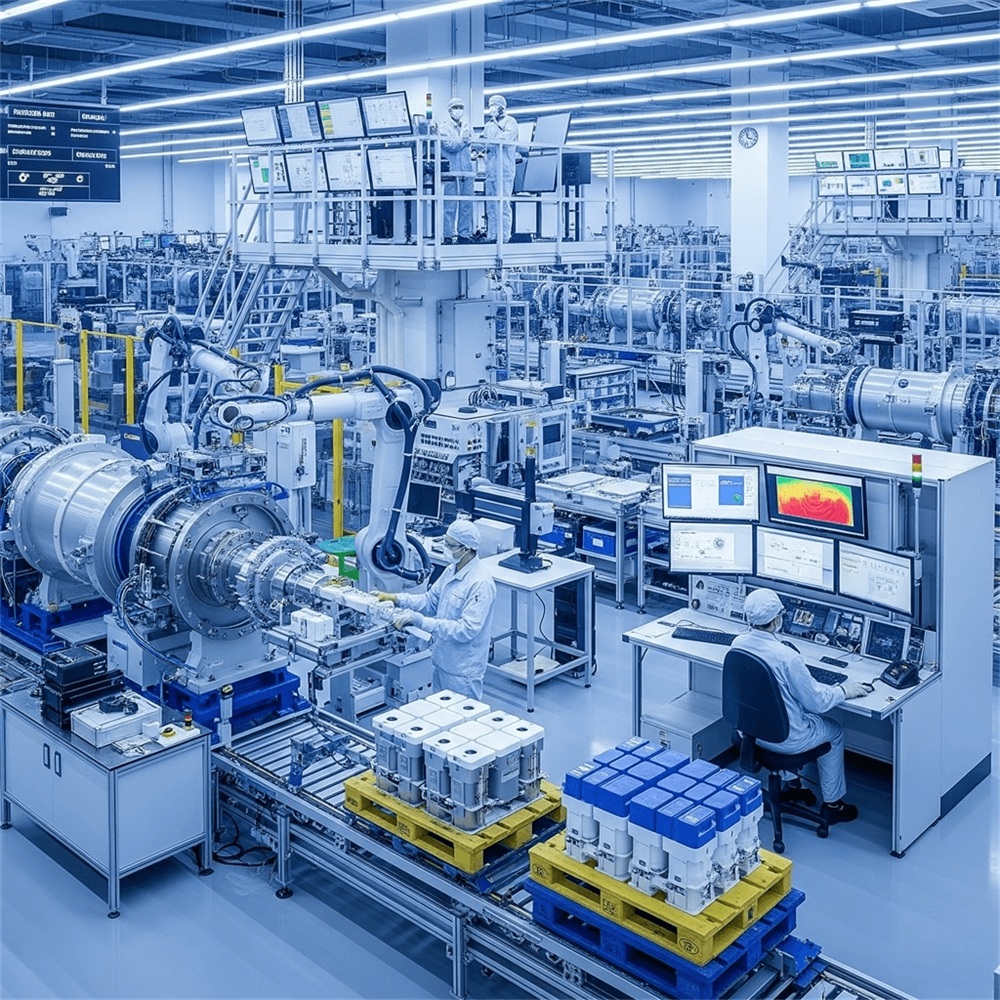
Indirect Competition Considerations
Indirect competitors provide alternative solutions to hydrogen generation needs. This might include companies offering hydrogen delivery services, different types of clean energy systems, or entirely different approaches to the underlying customer problems.
Understanding indirect competition helps you position your products more effectively and anticipate market changes. For example, improvements in battery technology might affect demand for hydrogen energy storage systems.
Technical Requirements and Certifications
The hydrogen generator industry is heavily regulated due to safety and environmental considerations. Meeting technical requirements and obtaining necessary certifications is crucial for market success.

Safety Standards and Regulations
Hydrogen is a highly flammable gas, making safety standards paramount. Your products must comply with relevant safety regulations in target markets. This includes proper materials selection, safety system design, testing protocols, and documentation requirements.
Different applications and markets have varying safety requirements. Residential units typically need different certifications than industrial systems. Understanding these requirements early in your product development process can prevent costly redesigns later.
Quality Certifications Needed
Quality certifications demonstrate that your products meet industry standards and customer expectations. These certifications are often prerequisite for sales to certain customer segments or geographic markets.
ISO Standards for Hydrogen Equipment
International Organization for Standardization (ISO) has developed several standards relevant to hydrogen equipment. These cover everything from materials and design requirements to testing procedures and documentation standards.
Obtaining ISO certifications can be time-consuming and expensive, but they’re often essential for credibility in international markets. Many industrial customers require ISO-certified suppliers as part of their procurement processes.
Regional Compliance Requirements
Different regions have specific compliance requirements for hydrogen equipment. European markets require CE marking, while the United States has various federal and state regulations. Understanding these requirements is crucial for successful market entry.
Working with regulatory consultants or certification bodies early in your product development process can help ensure compliance and smooth market entry.
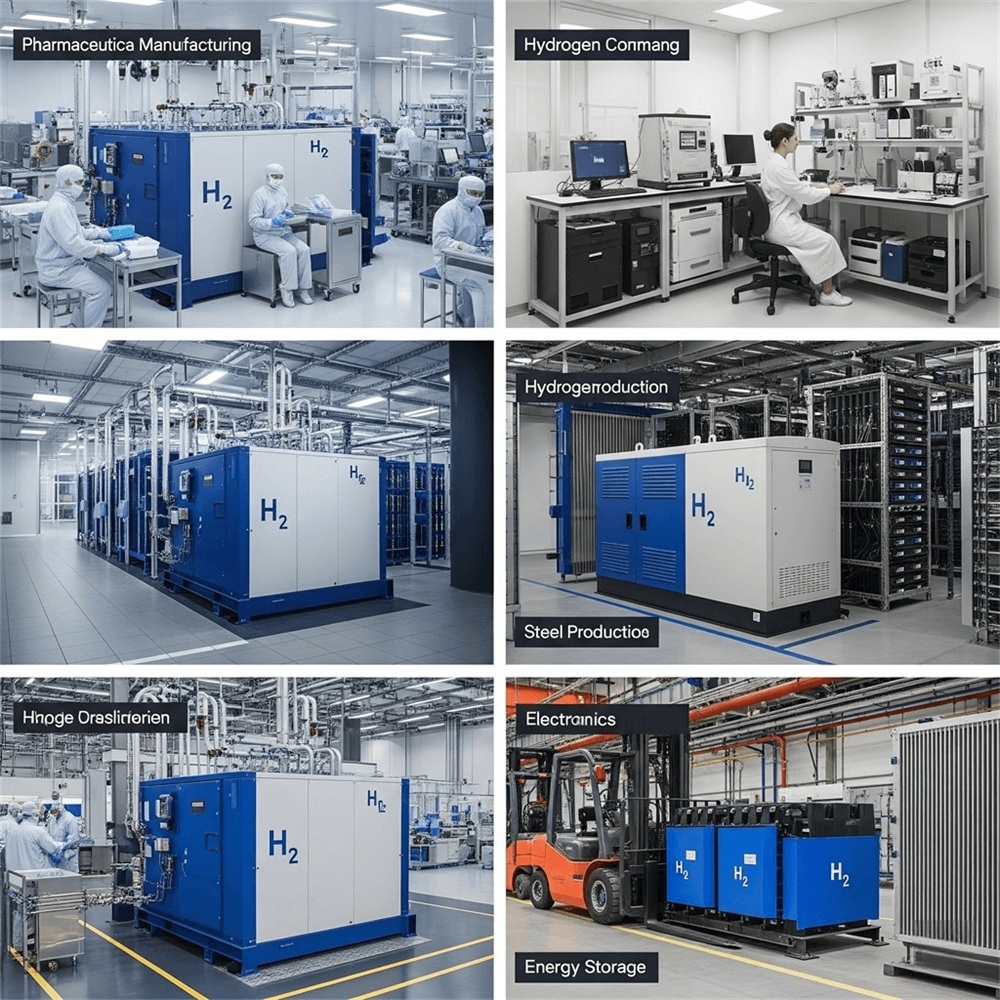
Building Your Hydrogen Generator Business
Once you understand the market and regulatory requirements, you need to build the actual business infrastructure to design, manufacture, and sell hydrogen generators.
Research and Development Considerations
Successful hydrogen generator companies invest heavily in research and development. The technology continues evolving rapidly, with improvements in efficiency, reliability, and cost-effectiveness creating competitive advantages.
Your R&D strategy should balance innovation with practical market needs. Customers want proven, reliable technology, but they also value improvements in performance and cost. Developing a product roadmap that addresses both current needs and future opportunities is essential.
Consider partnerships with universities, research institutions, or technology companies to accelerate your development efforts. These collaborations can provide access to specialized expertise, facilities, and funding opportunities.
Manufacturing vs. Assembly Models
New market entrants face important decisions about manufacturing approaches. Building complete manufacturing capabilities requires significant investment in facilities, equipment, and expertise. However, it provides greater control over quality, costs, and delivery schedules.
In-House Production Benefits
In-house production offers several advantages for hydrogen generator manufacturers. You maintain complete control over quality standards, can respond quickly to customer requirements, and capture the full manufacturing margin.
Building manufacturing capabilities also demonstrates commitment to the market and can be attractive to customers and investors. However, it requires substantial upfront investment and ongoing operational complexity.
Outsourcing Manufacturing Decisions
Outsourcing manufacturing can reduce initial investment requirements and allow you to focus on design, marketing, and customer relationships. Many successful companies use contract manufacturers for production while maintaining control over critical components or processes.
When considering outsourcing, evaluate potential partners carefully. Manufacturing quality directly impacts your brand reputation and customer satisfaction. Ensure your partners understand hydrogen safety requirements and have appropriate certifications.
Funding and Investment Opportunities
Entering the hydrogen generator market typically requires significant capital for product development, manufacturing setup, certifications, and marketing. Fortunately, the clean energy focus has created numerous funding opportunities.
Government Incentives and Grants
Many governments offer grants, tax incentives, and other financial support for clean energy companies. These programs can provide crucial early-stage funding and validate your market approach.
Research available programs in your target markets. Some focus on research and development, while others support manufacturing or deployment activities. Application processes can be complex and time-consuming, so factor this into your planning.
Private Investment and Venture Capital
The clean energy sector has attracted significant private investment interest. Venture capital firms, private equity investors, and strategic corporate investors are all active in the hydrogen space.
Green Energy Investment Trends
Investment in green energy technologies continues growing as investors seek both financial returns and positive environmental impact. Hydrogen technologies are particularly attractive because they address multiple market needs simultaneously.
When approaching investors, focus on your competitive advantages, market opportunity, and management team capabilities. Investors want to see clear paths to profitability and scalability.
Marketing and Customer Acquisition
Building great products is only half the battle—you also need effective marketing and sales strategies to reach customers and build market share.
B2B Marketing Strategies
Most hydrogen generator sales are business-to-business transactions, requiring different marketing approaches than consumer products. B2B customers have longer decision-making processes, multiple stakeholders, and more complex evaluation criteria.
Content marketing can be particularly effective in technical markets like hydrogen generation. Educational content that demonstrates your expertise and helps customers understand technology options builds credibility and generates leads.
Digital marketing channels including search engine optimization, industry publications, and social media can effectively reach target audiences. However, personal relationships and direct sales efforts remain crucial for closing deals.
Building Industry Partnerships
Strategic partnerships can accelerate market penetration and provide access to customer bases that would be difficult to reach independently. Consider partnerships with complementary technology providers, systems integrators, distributors, and service companies.
Trade Shows and Industry Events
Industry trade shows and conferences provide excellent opportunities to showcase products, meet potential customers, and stay current with market trends. These events are particularly important in technical markets where customers want to see products in person and discuss applications with technical experts.
Plan your trade show participation strategically. Major industry events can be expensive, but they often provide the best access to qualified prospects and industry influencers.
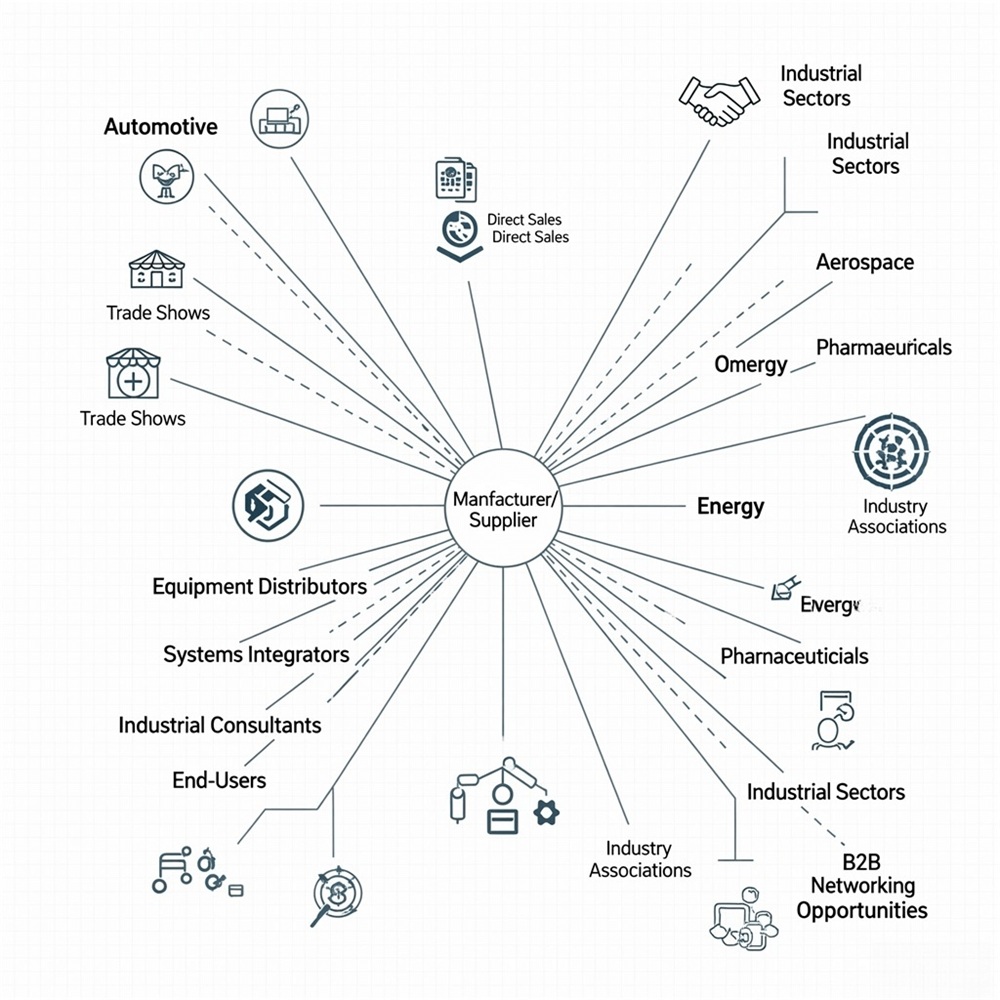
Overcoming Common Market Challenges
Every market has challenges, and the hydrogen generator space is no exception. Understanding common obstacles and developing strategies to address them is crucial for success.
Cost Competitiveness Issues
Cost remains a significant barrier to hydrogen adoption in many applications. While hydrogen generators offer environmental and operational benefits, they often have higher upfront costs than alternative solutions.
Addressing cost competitiveness requires focus on the total cost of ownership rather than just initial purchase price. Emphasize factors like reliability, maintenance costs, operational efficiency, and environmental benefits that can justify premium pricing.
Continuous improvement in manufacturing efficiency, component costs, and system design can help reduce costs over time. Many successful companies start with premium market segments where cost is less critical, then expand to more price-sensitive applications as costs decrease.
Technology Reliability Concerns
Hydrogen generators must operate reliably in demanding environments. System failures can be costly and dangerous, making reliability a critical customer concern.
Building reliability requires attention to component selection, system design, testing protocols, and quality control processes. Consider offering comprehensive warranty and service programs to address customer concerns and demonstrate confidence in your products.
Customer references and case studies become particularly valuable for addressing reliability concerns. Successful installations and satisfied customers provide credible evidence of product performance.
Conclusion
Breaking into the hydrogen generator market presents exciting opportunities for entrepreneurs and established companies alike. The growing demand for clean energy solutions, supportive government policies, and evolving technology landscape create favorable conditions for new market entrants.
Success requires careful planning, significant investment, and persistent execution. You’ll need to understand market dynamics, meet technical requirements, develop competitive products, secure adequate funding, and execute effective marketing strategies.
The market is large enough to support multiple successful companies, but competition is intensifying as more players recognize the opportunity. Early movers who establish strong market positions, develop reliable products, and build customer relationships will be best positioned for long-term success.
The hydrogen economy is still in its early stages, meaning there’s time to establish your position if you act decisively. Whether you’re targeting residential, commercial, or industrial applications, the key is to start with a clear strategy, focus on customer needs, and build capabilities systematically.
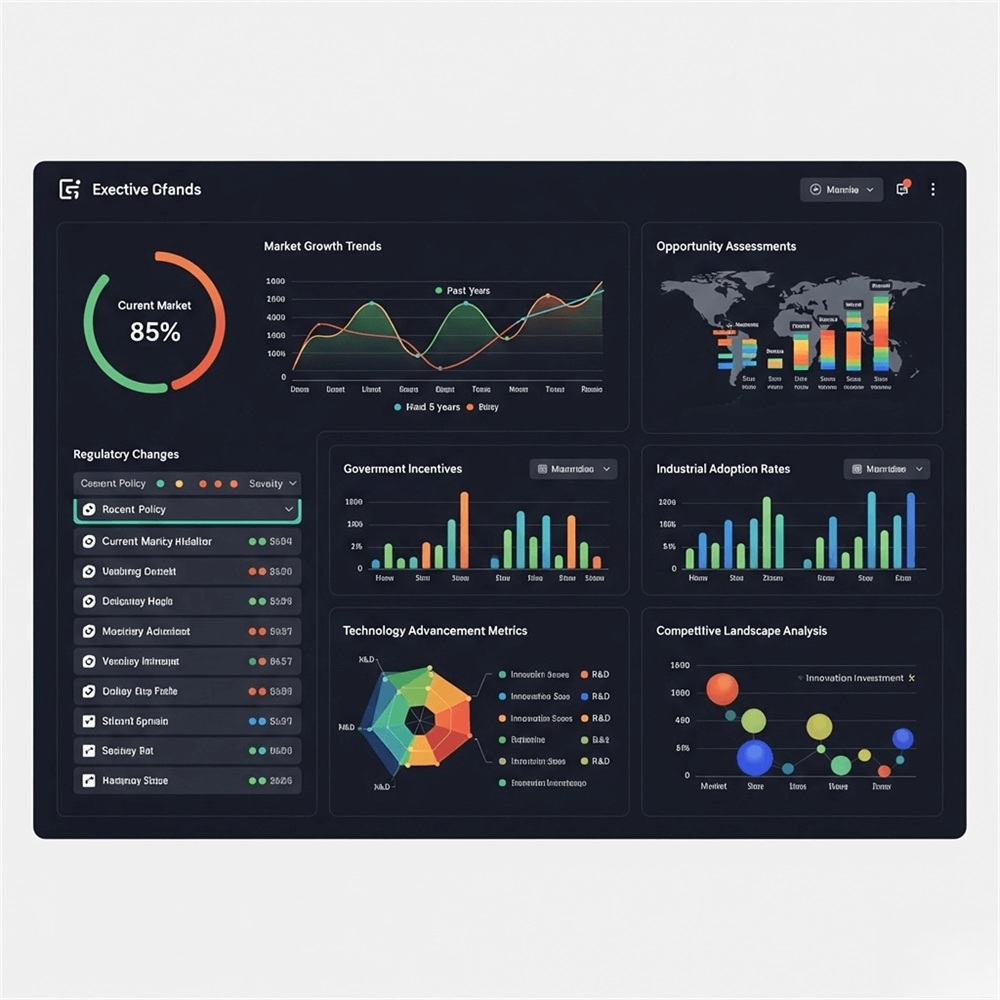
Frequently Asked Questions
1. How much capital is needed to start a hydrogen generator company?
The capital requirements vary significantly depending on your market approach and business model. Companies focusing on product development and outsourced manufacturing might start with $500,000 to $2 million, while those building complete manufacturing capabilities could need $5 million or more. Government grants and investor funding can help reduce personal capital requirements.
2. What are the most important certifications for hydrogen generator manufacturers?
Essential certifications include safety standards like ASME codes for pressure vessels, electrical safety certifications (UL, CE marking), and quality management systems (ISO 9001). Specific requirements vary by target market and application. Industrial applications typically require more extensive certifications than residential products.
3. How long does it typically take to bring a new hydrogen generator to market?
Product development timelines typically range from 18 months to 3 years, depending on complexity and starting point. This includes design, prototyping, testing, certification, and manufacturing setup. Companies with existing technical expertise or partnerships may move faster, while entirely new entrants usually need longer development periods.
4. What are the biggest technical challenges in hydrogen generator design?
Major technical challenges include achieving high efficiency at reasonable costs, ensuring long-term reliability in demanding environments, meeting safety requirements for hydrogen handling, and developing user-friendly control systems. Materials selection and corrosion resistance are also critical considerations for equipment longevity.
5. Which market segment offers the best opportunities for new companies?
The best segment depends on your resources and expertise, but many successful new companies start with specialized niche applications where they can differentiate their products. Laboratory equipment, backup power systems, and small-scale industrial applications often provide good entry points before expanding to larger markets.
Hele Titanium: Your Trusted Hydrogen Generator OEM & Manufacturing Partner
Hele Titanium Hydrogen stands as a reliable and experienced partner in the hydrogen generator OEM supply chain. We specialize in the design, development, and manufacturing of high-performance PEM Water Hydrogen Generators, offering comprehensive OEM & Manufacturing services tailored to your specific needs.
Take the Next Step
Ready to explore the possibilities of partnering with Hele Titanium Hydrogen?
- Browse our Products to see our range of PEM Water Hydrogen Generators.
- Learn more about our Services and how we can support your OEM & Manufacturing needs.
- Contact Us today to discuss your specific requirements.
- Explore our FAQ to get answers to common questions.
- Visit our Blog for the latest insights and updates on hydrogen technology.
Email Us: heletitaniumhydrogen@gmail.com
Phone/WhatsApp: 086-13857402537


